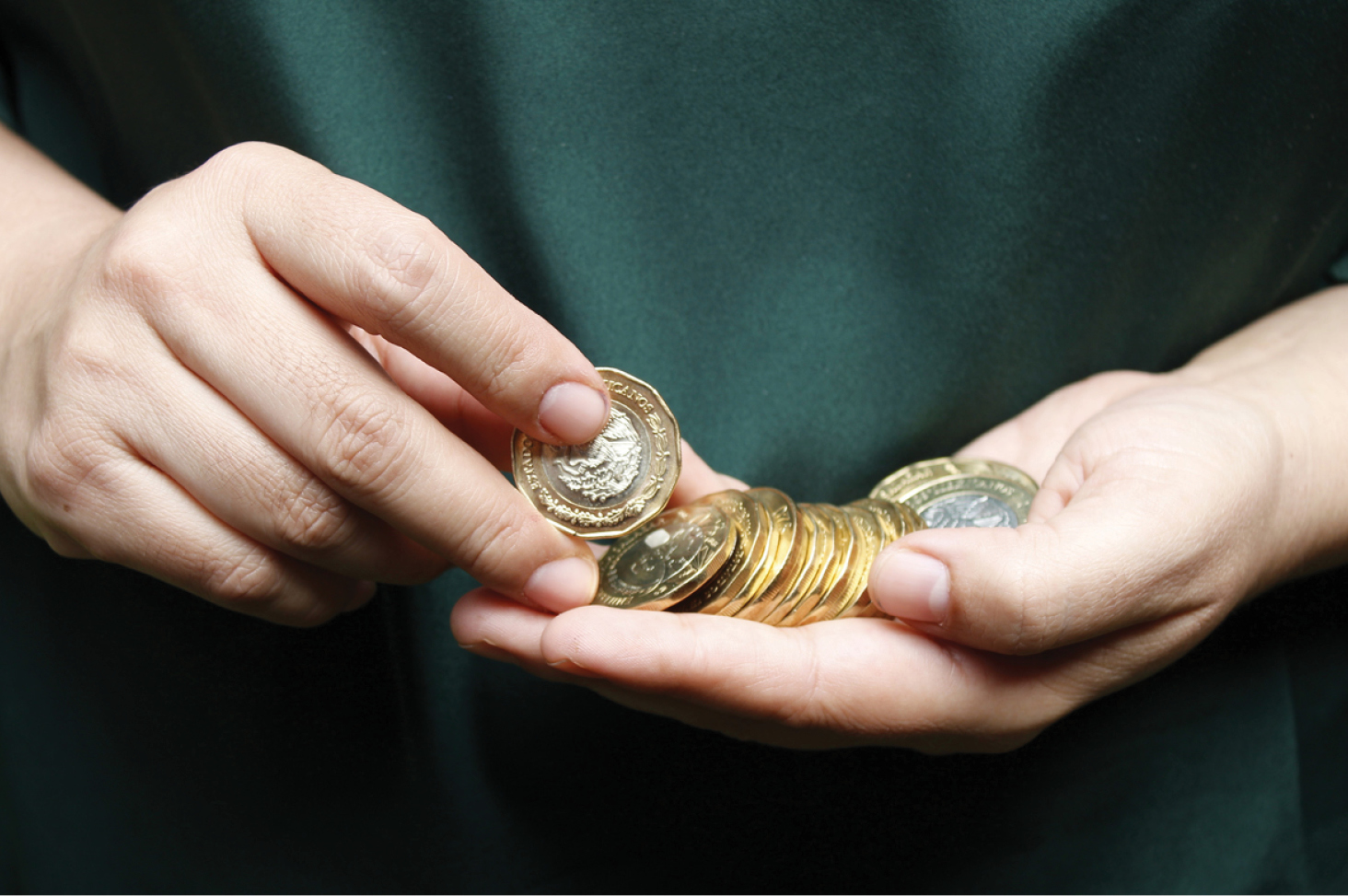How to buy and sell without funding

From the book, Navigating the business of optometry
 Give-and-take method (Devised by the writer)
Give-and-take method (Devised by the writer)
In today’s business climate, the major obstacle to buying or selling remains funding. This system has been devised by the writer in order to create a win-win situation for seller and buyer alike.
The scenario that will suit this method is as follows:
A willing seller who wants to retire and a willing buyer who does not have the means to raise the asking price. The seller has employed the potential buyer for some years and they know each other well. The practice makes an annual net profit of R500 000 before tax; based on the formula X 3.5, the equity value is R1 750 000. The business has a bottom-line profit of 20 percent, or R500 000. The buyer is able to raise 10 percent of the asking price, for which she gets 10 percent of the shares. The seller retires and agrees to give away five percent of the value of R1 750 000 each year for five years. After five years, the buyer will own 25 percent plus the 10 percent of the business she bought. The seller has sacrificed 25 percent, but has also enjoyed the R450 000 (90%) profit over the five years, which comes to R2 250 000. To simplify matters, we assume that the net profit remains the same, which is unlikely. This is more than an outright sale would have yielded five years earlier and he still owns 65% of the equity.
The agreement would read like this:
-
The buyer buys 10 percent of the business for cash.
-
The buyer will manage and grow the business for a market-related salary.
-
The buyer will enjoy shareholder status for the 10 percent and receive a dividend.
-
The seller retires and does not work in the practice any longer.
-
The buyer will only take transfer of the free shares after five years.
-
The buyer will only start to share in profits of the pledged shares after five years.
-
Should the buyer decide to leave, she will forfeit all the shares promised, except the 10 percent she owns.
-
Should the seller sell after say, three years, the buyer will be paid out pro rata: 15 percent of the sales price, plus the 10 percent she owns.
After five years, the buyer has the option to buy more shares based on the abovementioned formula. It is clear that there are huge benefits to both parties. The seller steps into retirement while the buyer steps into equity for free, in exchange for hard work. The seller will receive greater financial gain than from an outright sale, and the buyer is in a much stronger position to go to the bank. The buyer’s return on equity (10 percent share) should also come close to covering the cost of the funding (interest plus capital repayment) to purchase the 10 percent shares.
The seller will benefit further if the business has shown some growth and the net profit has improved, increasing the total value of the business. This benefits both parties and it would be shortsighted for the buyer to claim that should she grow the business, she would effectively have to pay more for it in the future.
Growing the business benefits both parties. The seller still owns the business and can draw a monthly income, but this should be done responsibly with the wellbeing of the business at heart. Lastly, the key to engaging in this option is long-term planning. The seller should think about such a strategy several years before the time comes to execute it. The proposed strategy is not cast in stone, but can be adapted for different scenarios, but the principle must remain – no funding.